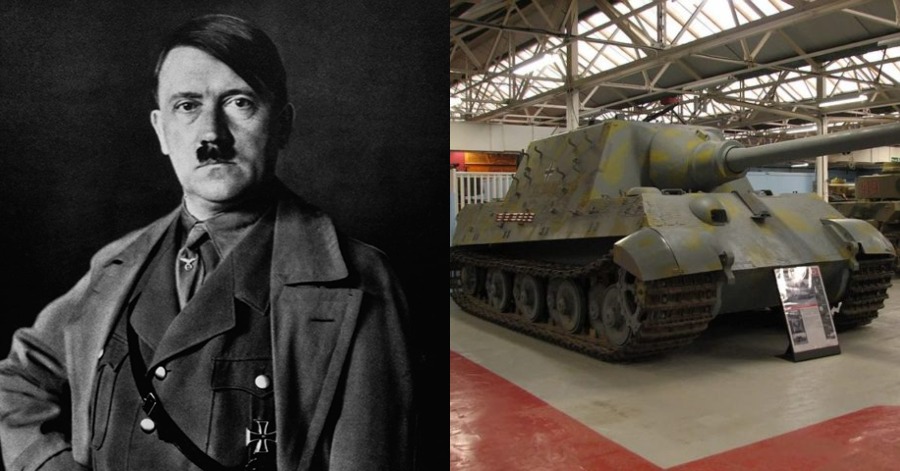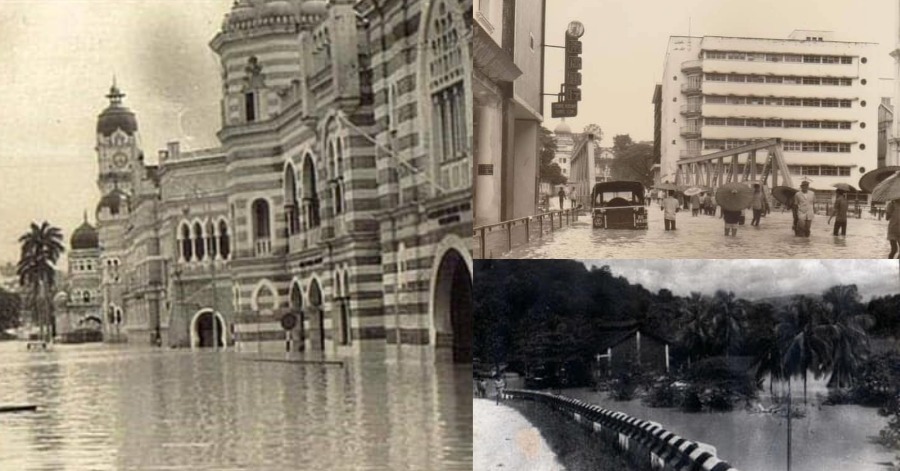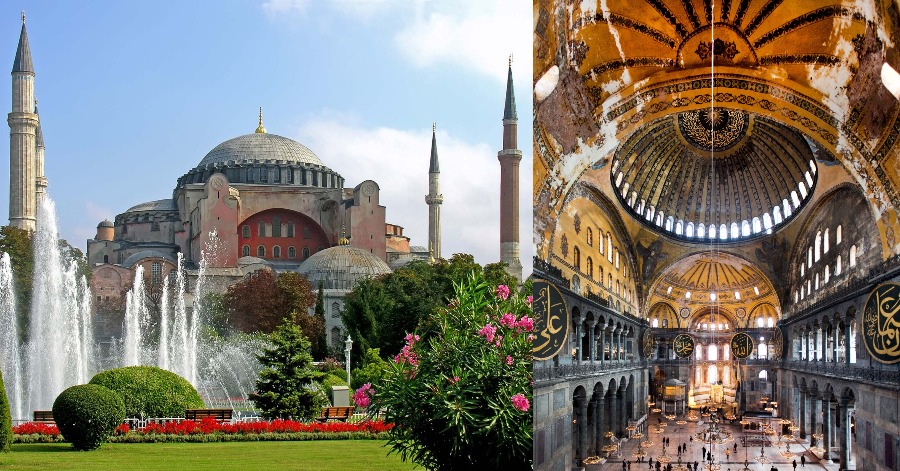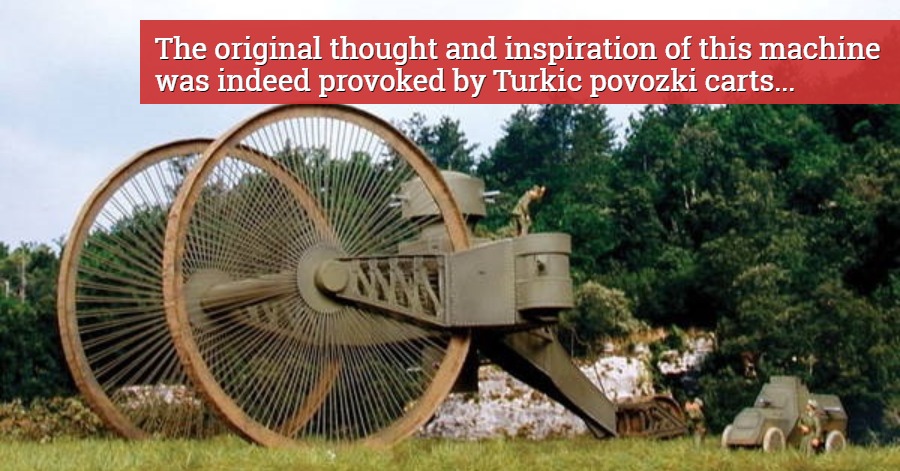Adolf Hitler is one of history’s most well-known—and despised—figures. He engineered both World War II and the Holocaust as the head of Nazi Germany, acts that resulted in the deaths of at least 40,000,000 people. He was the topic of countless books, documentaries, and television shows throughout the next few decades.
There have been numerous blueprints and designs in the history of the German military during World War II that have either failed or required too many resources. This idea, however, is the best example, although we should not totally blame the German military for this abomination, but rather Hitler himself. He’s come up with some absurd ideas in the past, but this one tops them all.

During World War II, Hitler pushed for the development of the Landkreuzer P. 1000 Ratte. Also called ‘The Ratte’, it is one of the most powerful and least practicable weapons ever created. Edward Grotte, the director of Krupp, a very old German company that was the greatest in the manufacturing of steel and other metals at the time, submitted this tank concept in 1942.
The initial designation for this behemoth was “Landkreuzer,” which means “land cruiser” in English. Later on, the name “Ratte” was given, which means “rat,” to humorously designate this inefficient beast. The Ratte was one of the Nazi regime’s proposed “Wunderwaffe.” The term Wunderwaffe, which literally means “miracle weapon,” was given to a number of super-weapons that the Nazis attempted to construct during WWII.

The Ratte was a testimony to overkill, weighing 1,000 tonnes and measuring 115 feet long, five times the weight of the biggest tank ever built. The massive tank would have been armed with twin-linked battleship cannons in a rotating turret, capable of firing 280mm rounds at their foes, as well as a variety of other smaller weaponry and anti-aircraft weapons. It would have required a 40-man crew and a vehicle bay large enough to accommodate a reconnaissance motorcycle squadron.
The Ratte, like many of these “miracle weapons,” was ultimately impractical. Its massive weight prevented it from crossing bridges or driving on highways, while its size prevented it from passing through tunnels or being transported by train. Furthermore, due to its massive size and weight, it could only travel at a maximum speed of 25 miles per hour, making it an accessible target for opposing aircraft and artillery.
After a year of development, Hitler’s pet project was finally put to rest by Albert Speer, Hitler’s Minister of Armaments and War Production, who accurately saw that the gigantic tank had no practical utility. He canceled the project, and this massive tank was never built.

Here are the specification of what the tank would have been:
- 360mm (14.2 inches) thick steel armor around the tank
- 2 main gun turrets 280mm 54.5 SK C/34.
- one 128mm gun that was found under the turret in front of the tank
- 8 anti-aircraft 20mm flak cannons
- two 15mm machine guns located at the front and back of the tank
Currently, the tank is in display at the Kubinka Tank Museum in Russia.
Sources:All That Is Interesting,War History Online, Simple History









Leave a Comment